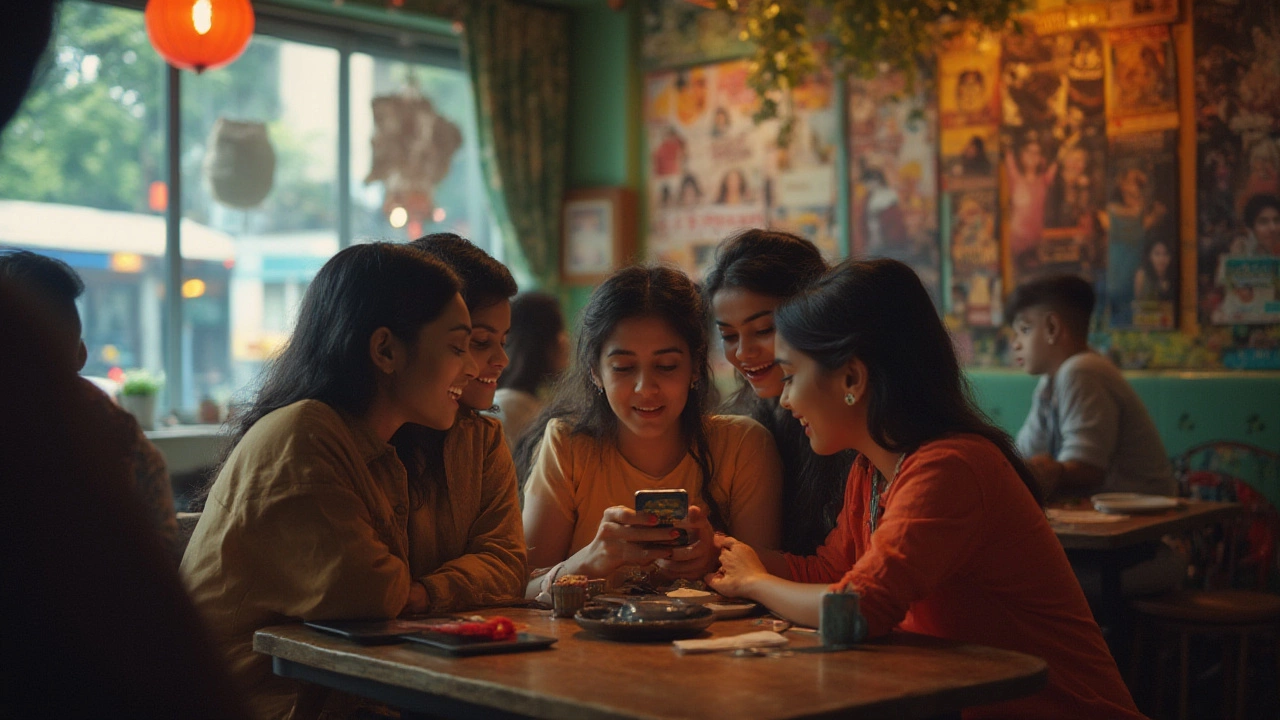
Spotify’s India charts are a battlefield. One week you’ve got a soulful Arijit Singh ballad ruling everyone’s playlists, and the next week it’s a Tamil or Punjabi banger that’s turned cafés and rickshaw radios into dancefloors. Ask people in Mumbai who’s dominating the scene and they’ll rattle off a different name than your cousin in Chennai or boss’s daughter in Delhi. Blame it on the wild mix of streaming platforms, regional powerhouses, and changing tastes—being the No. 1 song in India right now means way more than it did even three years ago. But who actually claims the top spot today, and how does that even get decided?
How India Picks Its No. 1 Song: More Than Just Radio Play
Believe it or not, there’s no single “Indian Billboard Hot 100.” Instead, the top song often comes down to a mash-up of different charts: Spotify India Top 50, YouTube Music trends, Gaana and JioSaavn streaming stats, even Instagram Reels soundtracks. 2025 has seen the lines blur between Bollywood, independent pop, regional hits, and those viral TikTok and Instagram audio clips. Spotify’s public numbers make it easy to peek at what the country’s actually listening to at any hour of the day, but YouTube view counts still hold serious sway among younger folks and in smaller cities. Apps like Wynk Music and Amazon Prime Music target specific regions, sometimes flipping the whole ranking.
You’ll also notice, Indian music isn’t just about Hindi anymore. Punjabi, Tamil, Telugu, Malayalam, and Bengali tracks regularly break into the Top 10. Take AP Dhillon’s “With You”—it jumped from local playlists to top YouTube trends and then swept Instagram Reels, eventually ending up as Spotify India’s weekly No. 1 not too long ago. Similarly, Tamil and Telugu film songs from breakout movies like “Leo” and “Pushpa” shot to the top spots across platforms after viral dance trends and celebrity endorsements set off social media frenzies.
What’s interesting is the demographic split. Bollywood ballads keep adults and office crowds humming, especially when Arijit Singh or Shreya Ghoshal is involved. But Punjabi hip-hop and indie pop are straight-up anthems for teens and twenty-somethings—think Shubh’s “Cheques” or MC Stan’s “Basti Ka Hasti.” And don’t underestimate the role of karaoke apps and WhatsApp forwards in pushing an unexpected song up the ladder. Once a track gets turned into memes or trending filters, its fate in the charts changes overnight, and so does its reach to cities that English-language music barely touches.
No wonder you sometimes hear someone say, “That’s the real No. 1 song in India,” even when another track’s numbers are higher. There’s a constant battle between different definitions of a hit, whether it’s pure streaming, trending hashtags, dance covers, or old-fashioned radio buzz. The only sure thing? The Top 1 is always up for grabs.
This Week’s Chart-Topper: The Song Everyone’s Talking About
Drumroll: As of 17th July 2025, “Guli Mata” by Shreya Ghoshal and Saad Lamjarred keeps its crown on several national playlists. This cross-language collab struck gold by appealing not just to Hindi pop fans but also roping in Arabic and Urdu influences, thanks to Lamjarred’s Middle Eastern following. According to Spotify India’s Top 50, “Guli Mata” held the No. 1 spot for a fourth straight week, with over 10 million weekly streams. Its music video just crossed 320 million views on YouTube India—the kind of viral moment that only happens when a tune clicks with listeners across age and language barriers.
YouTube’s trending section shows a slightly different story for regional content. Jawan’s “Chaleya,” sung by Arijit Singh and Shilpa Rao, has become a close contender. Netflix’s film soundtrack features have helped this one spread fast, especially as K-Pop fans on Twitter latched onto Shah Rukh Khan’s viral dance moves. “Chaleya” sits at No. 2 on Spotify’s charts, but in many cities—especially Mumbai, Delhi, Bengaluru—it’s neck and neck with “Guli Mata.”
Punjabi and South Indian tracks are still securing millions of daily plays. Shubh’s “Still Rollin’” and Diljit Dosanjh’s “GOAT” each top the regional charts for North and West India. In contrast, Anirudh Ravichander’s “Hukum” from the “Jailer” soundtrack, originally peaking last year, continues pulling hundreds of thousands of plays weekly—especially after Rajinikanth’s comeback and meme culture kept it afloat.
Let’s lay out some current stats, because the numbers tell their own story. This week’s top Indian songs by streams and views, according to Spotify and YouTube:
| Song | Artist(s) | Platform | Weekly Streams/Views | Language |
|---|---|---|---|---|
| Guli Mata | Shreya Ghoshal, Saad Lamjarred | Spotify | 10,200,000 | Hindi/Arabic |
| Chaleya (Jawan) | Arijit Singh, Shilpa Rao | YouTube | 7,920,000 | Hindi |
| Still Rollin' | Shubh | Spotify | 6,300,000 | Punjabi |
| Hukum (Jailer) | Anirudh Ravichander | Spotify | 5,800,000 | Tamil |
What’s wild is, these hits appear together on everyone’s playlists, so parties across Bangalore, Delhi, and Chandigarh sound pretty similar on weekends: quick switches from romance to rap to dance, no apologies needed.
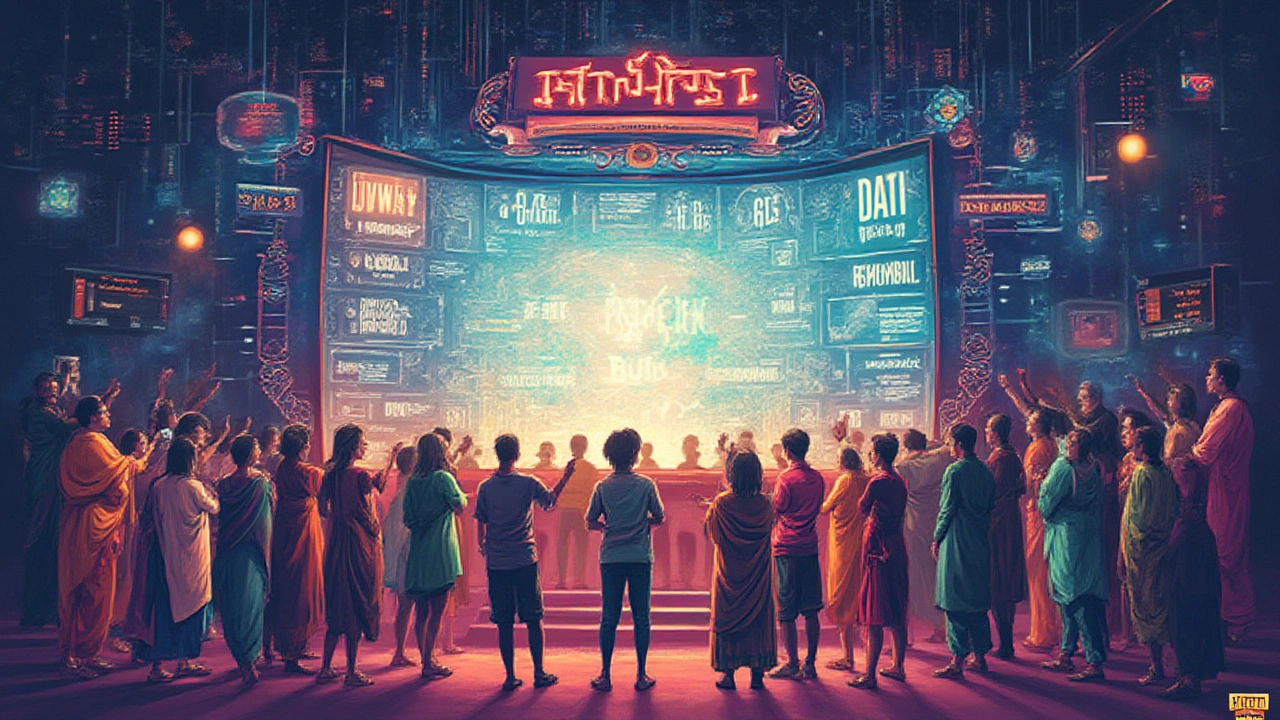
Inside the Making of a Modern Indian Hit: What Drives the Hype?
Gone are the days when one radio jingle or Bollywood release could hold the nation’s attention for months. Now, songs get launched on YouTube with fancy lyric videos and go viral halfway through your lunch break, especially if there’s a smart influencer onboard. Most recent No. 1 songs in India have three things in common: a contagious hook, a strong meme game, and some kind of connection to a film or viral video. “Guli Mata” caught fire partly because fans started remixing it with funny Instagram Reels—next thing you know, major cricket stars are using the track in highlight clips, and suddenly your dad’s playing it on the commute home.
Let’s not forget Bollywood’s still the kingpin of the Indian music business. Movie soundtracks get the best marketing, superstar playback singers, and festival tie-ins. Arijit Singh’s voice doesn’t just sell songs—it sells emotion and nostalgia, making his tracks default wedding and heartbreak anthems. But indie artists like Prateek Kuhad and Ritviz have started climbing the charts without big movie backing. How? Social media, direct-to-fan interactions, and relentless touring. Kuhad’s “Tum Jab Paas” recently cracked Delhi’s Top 10 when a viral dance reel took off on Instagram, and Ritviz’s “Udd Gaye” still pops up on New Year’s Eve playlists five years after its release.
Regional artists are following suit. Sid Sriram’s Telugu and Tamil titles frequently double as anthems for college campuses and wedding sangeets—even people who don’t speak the language know the chorus after a night out. The rise of multilingual collaborations is new, too. Hindi, Punjabi, and Tamil artists mix genres and lyrics, pulling in fans from across India and NRIs abroad. “Cross-over” isn’t just an export to Hollywood anymore—North and South Indian fusion tracks now shuffle through city gyms and rural tea shops with surprising ease.
Producers and composers aren’t sleeping. Tons of hits now cycle in club-friendly beats, EDM drops, and even retro funk, sometimes in the same track. Even song length is shrinking, trying to match TikTok’s 60-second soundbites. But the tracks’ hooks stay longer in your head. A catchy chorus can mean millions more streams than the most technically brilliant (but low-key) ballad.
Tips for Spotting (or Creating) India’s Next No. 1 Song
If you’re itching to catch India’s next chart-topper as it happens, or dreaming of getting your own song to No. 1, there are a few things you want to focus on:
- Follow the Platforms: Watch Spotify India’s Top 50 and YouTube Music trending lists every Monday—those are reset with global and local data, and give you the quickest clue to surging tracks.
- Don’t Ignore Regional Power: Check Gaana and JioSaavn playlists; sometimes a Telugu or Punjabi hit blows up there before showing up on all-India charts a week or two later.
- Watch Social Media: Songs that trend on Instagram Reels and TikTok (or Chingari, India’s TikTok-alternative) usually explode into the mainstream. Hashtags or meme edits can turn slow tracks into superhits.
- Timing is Everything: Movie soundtracks that drop ahead of a blockbuster release almost always score high, but indie artists often peak after going viral on Twitter or WhatsApp. Spot patterns—not just popularity.
- Remixes and Collaborations: Tracks that feature surprise artists, blend English hooks, or offer fun dance steps tend to take off faster in 2025. If you’re making music, collaborate with an influencer for first-week buzz.
And here’s a fun reality: India’s music tastes might feel unpredictable, but big sports events, political news, or even viral animal videos can push the same song up the charts in a flash. The more relatable or repeatable a song, the more likely it is to hit No. 1 nationally, even if it starts as a local anthem.
So whoever is topping the charts right now—just remember, there’s every chance a wild new sound is about to grab the crown tomorrow. That’s what keeps India’s music scene electric…and a bit chaotic. You won’t find a single “sound” or even a single language ruling the whole country, because India’s No. 1 isn’t just a number. It’s proof that millions of people can vibe together, whether they’re in a South Delhi flat, stuck in Bengaluru traffic, or selling chai in Pune Railway Station. Tomorrow’s sound might be something nobody’s ever heard before—but once it hits, you won’t be able to escape it.
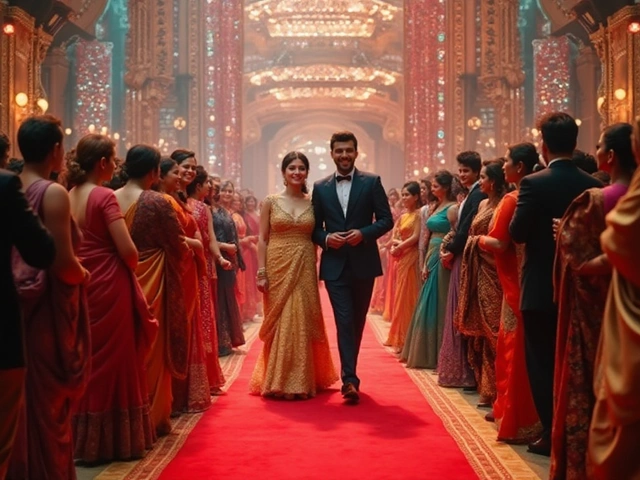
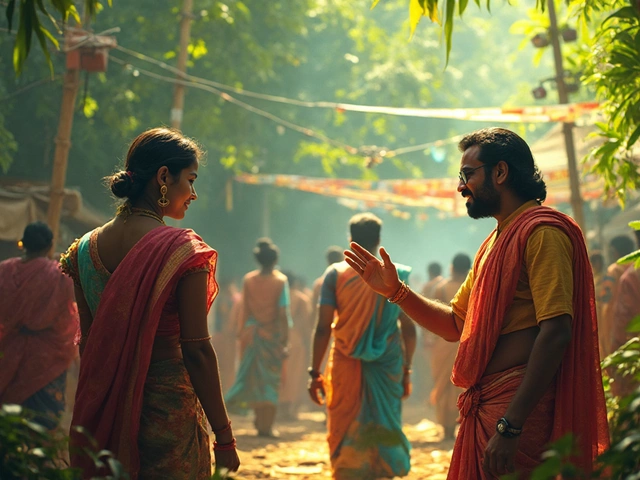
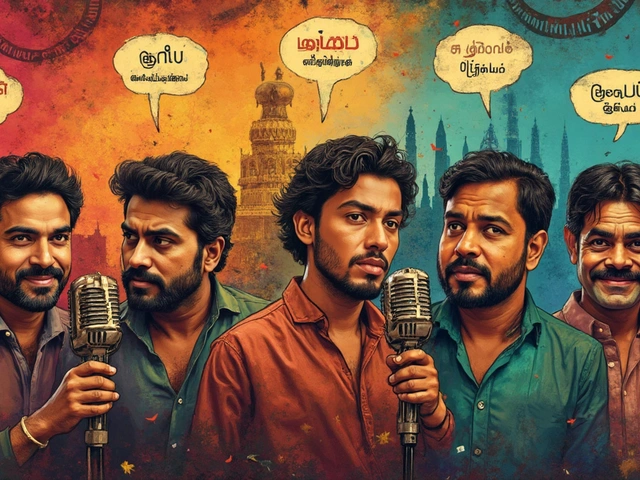
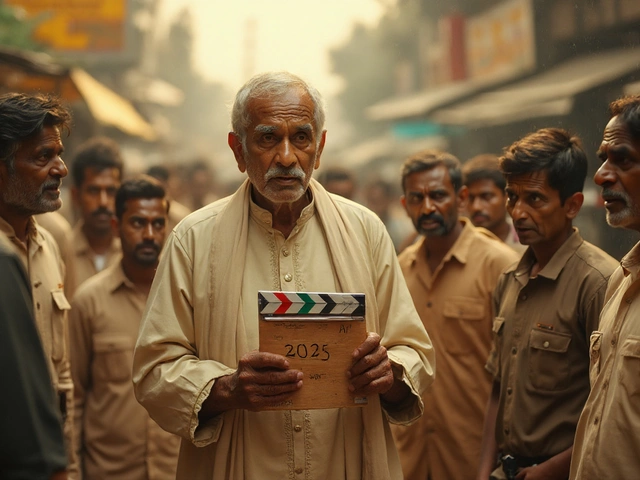
Write a comment